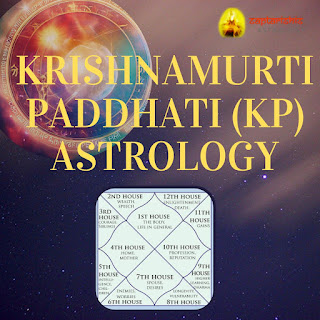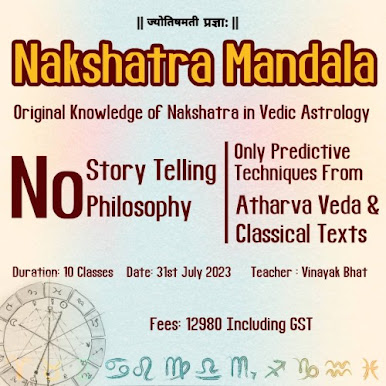Exploring Krishnamurti Paddhati (KP) Astrology
In the mystical world of astrology, Krishnamurti Paddhati (KP) has emerged as a modern and intriguing approach, reshaping the way astrologers interpret celestial influences and predict the unfolding of human lives. At the heart of KP astrology lie its unique principles, ranging from precise zodiac subdivisions to innovative techniques, all designed to provide a more comprehensive understanding of astrological phenomena.
Zodiac Subdivisions in KP Astrology
Unlike traditional Vedic astrology, which places primary emphasis on the twelve zodiac signs, KP astrology delves further into the intricacies of the zodiac by introducing the concept of cusps. These cusps mark specific degrees within each zodiac sign, creating smaller segments that serve as crucial points of analysis. By scrutinizing these cusps, astrologers gain valuable insights into the nuanced influences that shape an individual's life journey.
The Genesis of Krishnamurti Paddhati Astrology
The genesis of KP astrology can be attributed to the visionary efforts of Prof. K.S. Krishnamurti, an Indian astrologer who sought to bridge the gap between ancient astrological wisdom and modern scientific principles. In the mid-20th century, Prof. Krishnamurti embarked on a mission to refine astrological practices, leading to the development of the KP system. His methodology incorporated elements from Vedic astrology while introducing groundbreaking concepts that would become the cornerstones of KP astrology.
Tracing the Roots of KP Astrology
KP astrology distinguishes itself by deviating from conventional practices, opting for the Placidus house division system and introducing the revolutionary notion of sub-lords. These sub-lords, ruling over specific segments within cusps, offer a level of precision that was previously unparalleled. Each sub-lord is associated with a planet, further enriching astrological interpretations by providing detailed insights into various aspects of an individual's life, ranging from career to relationships.
Key Tenets of KP Astrology Principle
Central to KP astrology's predictive power are its fundamental principles, each contributing to a holistic astrological analysis. Cuspal positions, which form the foundation of the system, enable astrologers to pinpoint significant life events with remarkable accuracy. The sub-lord system, a hallmark of KP astrology, involves intricate calculations that unveil the intricate tapestry of an individual's destiny. Complementing these principles is the Vimshottari Dasha system, an ingenious tool for timing events and gaining deeper insights into the temporal unfoldment of an individual's life experiences.
Divergences from the Traditional Vedic Astrology Approach
The departure of KP astrology from traditional Vedic astrology is both striking and deliberate. While Vedic astrology predominantly adheres to the tropical zodiac, KP astrology harmoniously blends the tropical and sidereal zodiacs. This fusion showcases KP astrology's commitment to adapting age-old wisdom to the contemporary world, infusing a scientific approach while retaining the essence of astrological understanding.
In conclusion, Krishnamurti Paddhati (KP) astrology stands as a testament to human innovation and the timeless quest for understanding the cosmos. Its focus on zodiac subdivisions, the sub-lord system, and mathematical precision exemplify a profound attempt to unravel the mysteries of existence. While astrology's efficacy remains a subject of discourse, the systematic and inventive approach of KP astrology undoubtedly merits consideration and exploration by those intrigued by the profound interplay between the celestial and the terrestrial.


Comments
Post a Comment